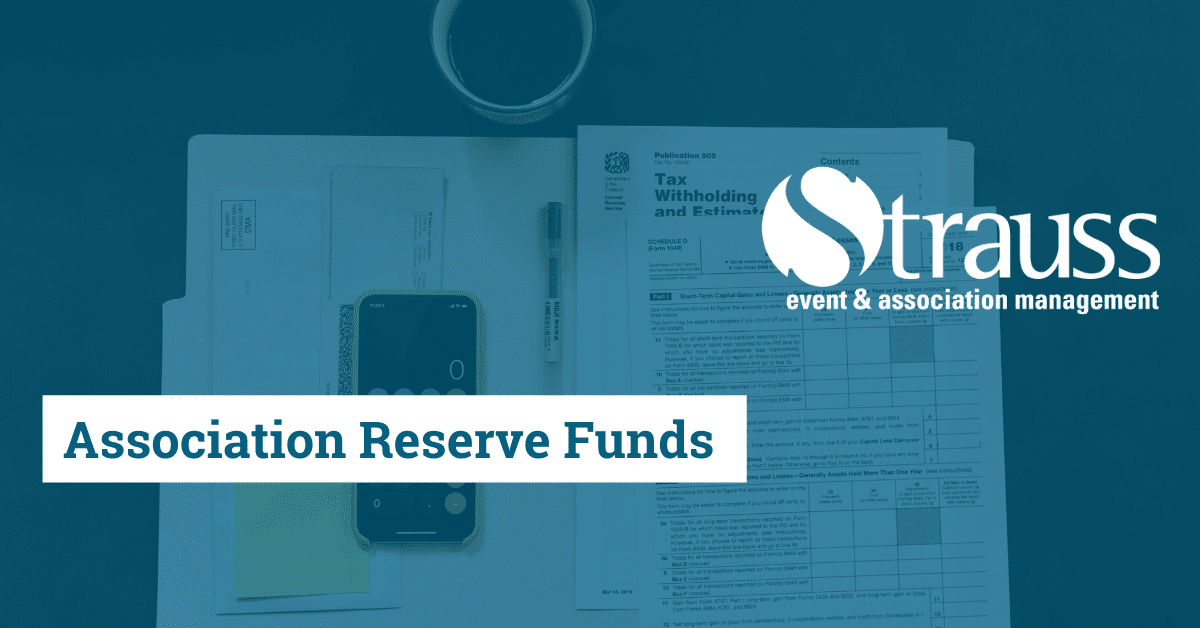What is a Reserve Fund?
Reserve Funds are liquid assets that associations set aside for anticipated future expenditures, or to serve as a cushion against any unplanned expenses.
Five Best Practices for Managing your Restricted (Reserve) Funds
Use the Class tracking functionality in your accounting software
If your association has multiple operating reserves or restricted funds, you should be using the fund accounting method for reporting purposes.
Fund accounting is a system of accounting used by associations to track the amount of cash assigned to different purposes and its usage. It is not used to track profits.
Using the Class tracking functionality in accounting software like QuickBooks, you can:
- Enter and track revenue and expenses related to a specific item (i.e., annual association’s symposium)
- Better manage funds to ensure they’re being used within the association’s mandate
- Streamline the association’s accounting process, to avoid any confusion as to how and why the funds were used
For example, your association’s annual symposium is coming up. The reserve fund can be used to cover the planned venue cost of $10,000. But the association’s Board of Directors is now looking to do their annual lunch during the symposium. Now you have an unexpected cost of $500 for catering for the Board luncheon, which brings the total for the symposium to $10,500.
When entering this cost into QuickBooks, you would:
- Categorize both the venue and catering costs for the symposium as “expenses”
- Flag the venue cost ($10K) of the transaction under the “Symposium” Class
That way, when you filter your reporting by Class, you only see the $10K charge attributed to the venue for the “Symposium” fund. The other unexpected expense for the Board luncheon will be listed under a different Class.
Set up separate bank and investment accounts
Establishing separate accounts for your association’s regular banking, versus any reserve investments, will make it easier to track interest income and expenses relating to specific funds.
Using separate accounts not only lets you capture transactions in their appropriate classes more effectively, but it also improves reporting accuracy, reduces uncertainty, and makes your monthly reconciliations process more straightforward.
Use one central document to summarize all your funds
Creating and sharing a single fund summary document helps to keep restrictions and reporting requirements for separate funds clear to management and staff.
However, you might want to clarify fund restrictions with all staff in advance of the detailed transactions instead of relying on one document alone to guide appropriate spending.
Review fund transactions monthly
Part of managing reserve funds includes making sure balances are sufficient to achieve a fund’s purpose.
By reviewing transactions on a monthly basis, you can:
- Confirm funds are being used as outlined and governed by the association
- Check that staff aren’t coding transactions to the wrong classes, categories, or accounts
- Keep your accounting records accurate and up to date over the long term
If allocation errors are being made, catching them early enables you to work with staff to correct and prevent future ones.
Make sure your team is on the same page
Never underestimate the importance of keeping everyone in the loop! Every team member needs a clear understanding of how various funds can be used, and how they must be tracked.
Fixing ongoing errors after the fact can be painful and costly. If, for instance, your accountant doesn’t understand how the income or expenses for various funds need to be tracked, correcting the errors later can be complicated.
In Summary
- Train your staff on how to code reserve funds and related expenses before they start using the funds
- Compile the restrictions and reporting requirements for all funds in one central document, so your team can refer to it as needed
- Review fund transactions monthly to catch accounting and reporting errors before it’s too late.

